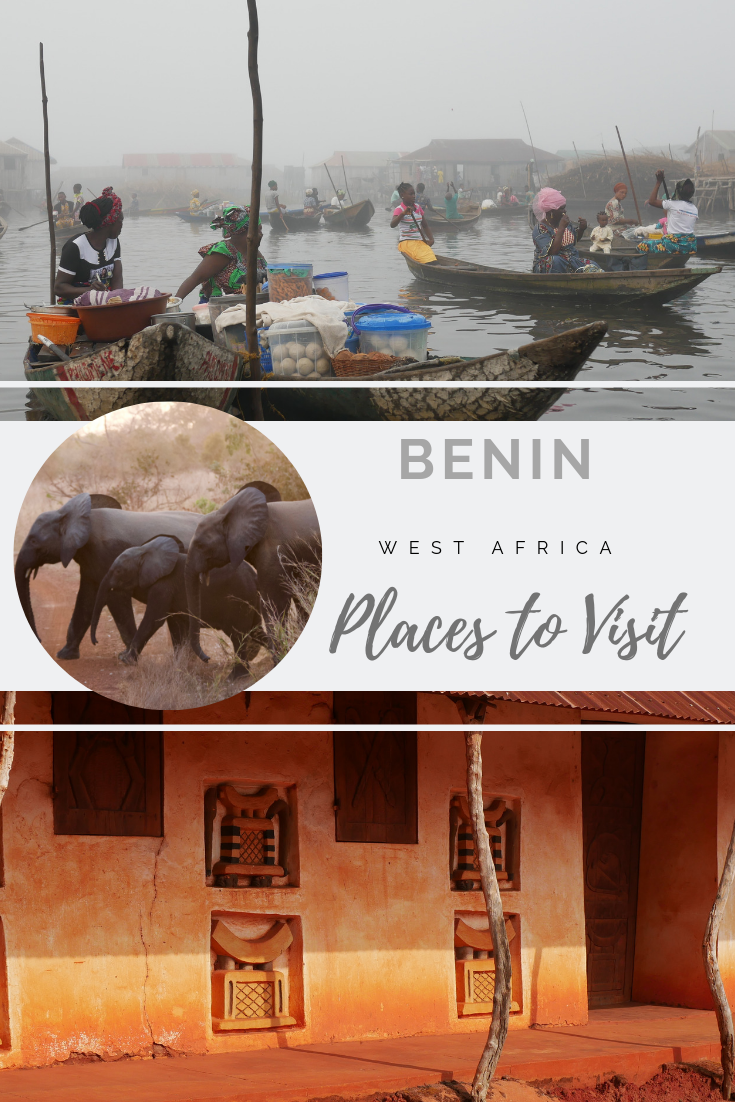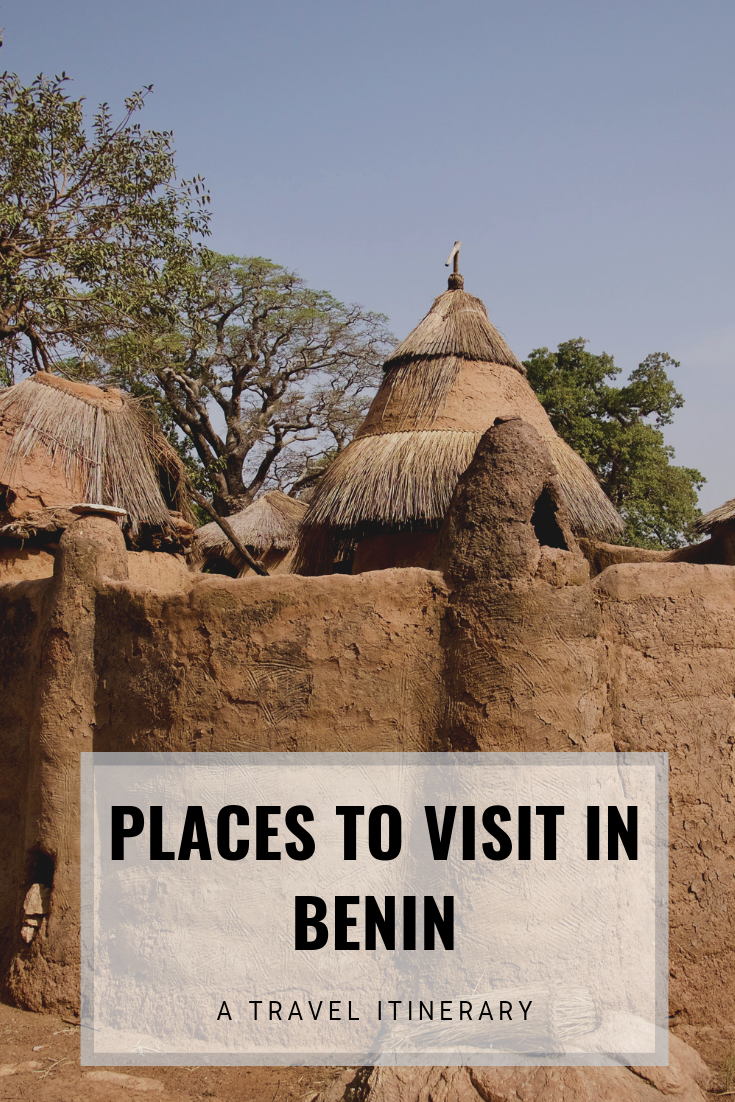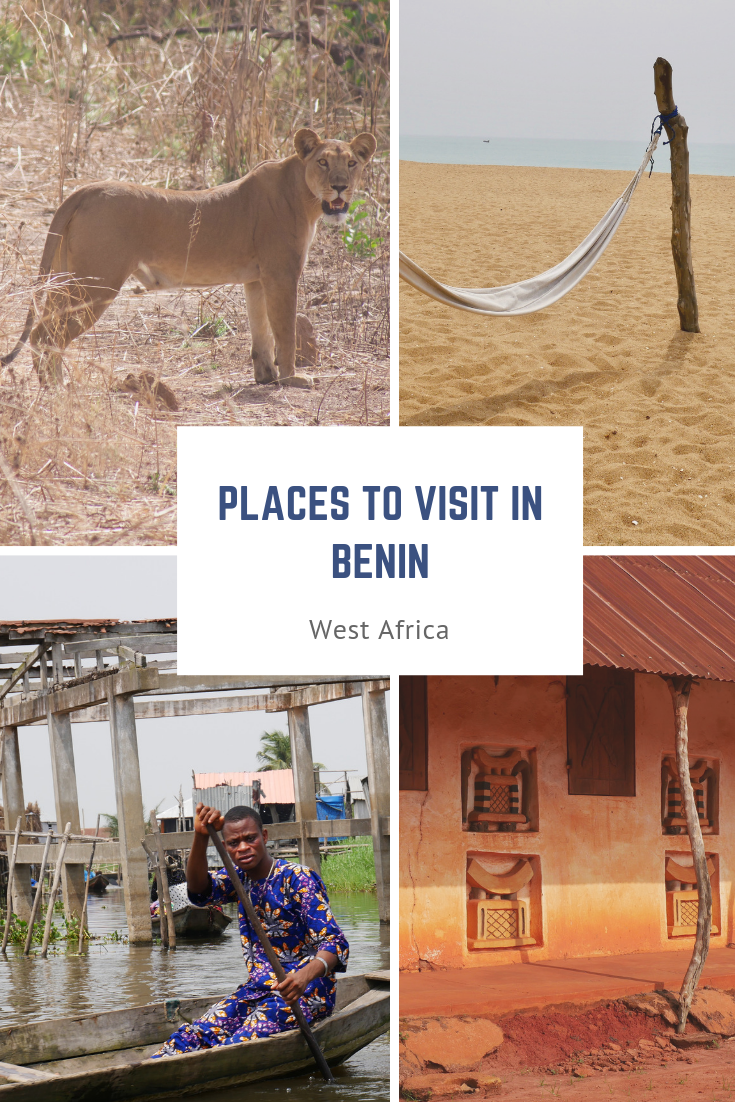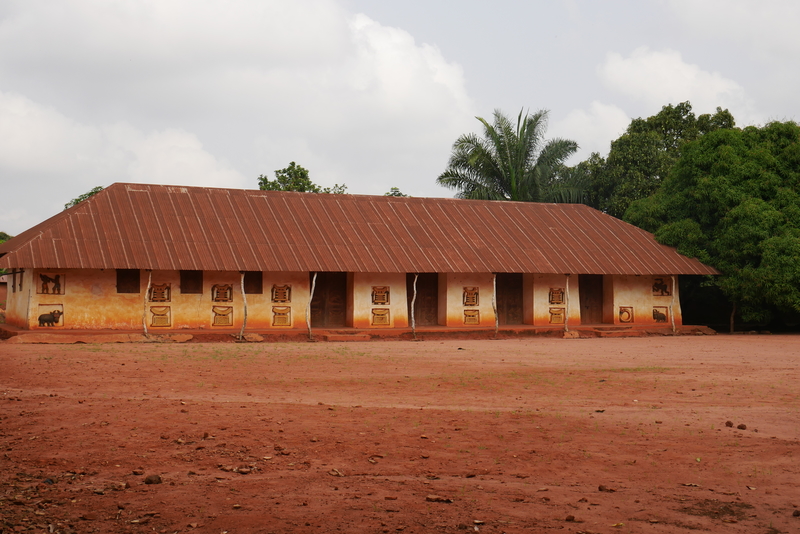
Top Benin Tourist Attractions: An Overland Travel Itinerary
West Africa is one of the world’s last frontiers. Long plagued by disease, civil strife and ethnic tension, it is one of the only regions of the world where tourism has yet to gain a foothold. Bad roads, lack of tourist infrastructure and minimal information on travel to the area, have all played their part in solidifying West Africa’s reputation as the world’s most challenging destination.
Yet those willing to step out of their comfort zones, will find an area of the world that is authentic, musical and full of color. For first-time travelers to West Africa, Benin offers an easy introduction. The country has a nascent eco-tourism industry, comparatively decent infrastructure and a wide selection of tourist attractions—from ancient palaces, to wildlife-rich parks, to sweeping beaches.
A BENIN TRAVEL ITINERARY
I traveled to Benin as part of a West Africa overland tour with Dragoman. The tour’s ten day itinerary brought me to Benin’s top tourist attractions—starting at the remote Tata Somba area in the country’s northern reaches and ending along the golden sands of Grand Popo Beach in southern Benin.
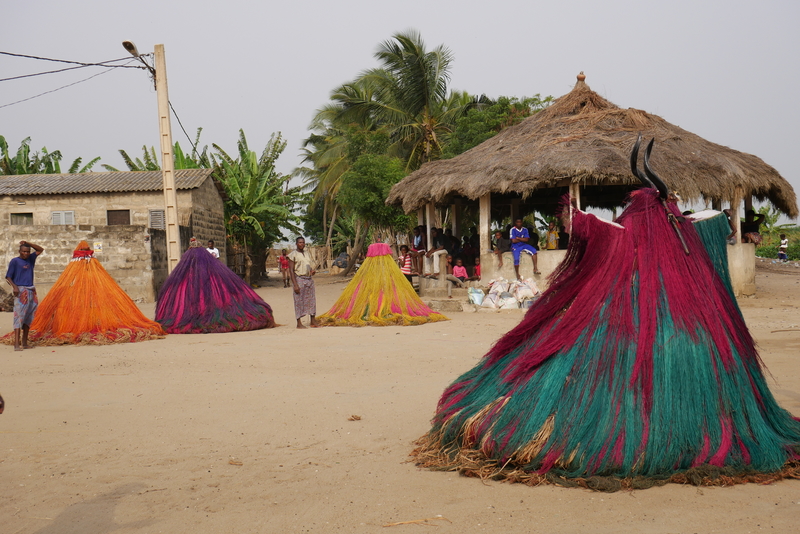
Our ten day Benin itinerary included a diverse array of places to see. In the Tata Somba area, we admired the unique two-story mud houses that constitute one of West Africa’s premier cultural landscapes. From there, we continued to the wildlife-rich Pendjari National Park and the historically significant Abomey Palaces. Finally, we finished our tour in southern Benin, where we visited the country’s Voodoo monuments and retraced the harrowing Route des Esclaves.
TATA SOMBA AREA, NORTHERN BENIN
The Tata Somba houses of Benin are part of the greater Koutammakou World Heritage Site that spans parts of northern Togo and Benin. We entered Benin from northern Togo at a small border post near Natitingou, in the Koutammakou/Tata Somba heritage area.
Entering Benin at this remote border crossing was an adventure in its own right. Roads crisscross through Koutammakou and the adjacent Tata Somba without passing by an official border post. The porous delineation between the two countries facilitates the unification of families that lie on either side of the border. It also means that we drove across the imaginary demarcation a number of times before we were able track down an official border guard that could give us our Benin entry stamp.
When we finally found the immigration ‘office,’ we realized that it consisted of nothing more than a man sitting on a log near a dusty village road, stamp in hand.
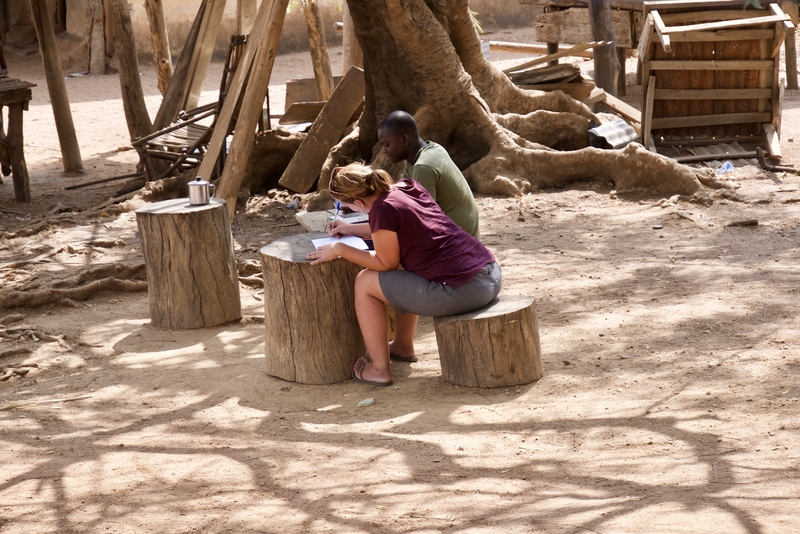
From the border, we headed toward our accommodation—a no-frills eco-lodge constructed to resemble a Tata Somba homestead. The eco-lodge was the base from which we explored the surrounding villages and familiarized ourselves with the unique cultural landscape.
We spent two days exploring the Tata Somba villages of Benin. The area—a baobab-speckled expanse of undulating hills—showcases two-story mud houses that have been preserved for generations.
The Tata Somba houses are unique for their layout and architecture. The traditional Tata Somba houses consist of two floors connected by an interior stairway. The bottom floors of the structures typically house the cooking area and the animal quarters. On the top floor, elevated thatched rooms contain granaries and sleeping quarters.
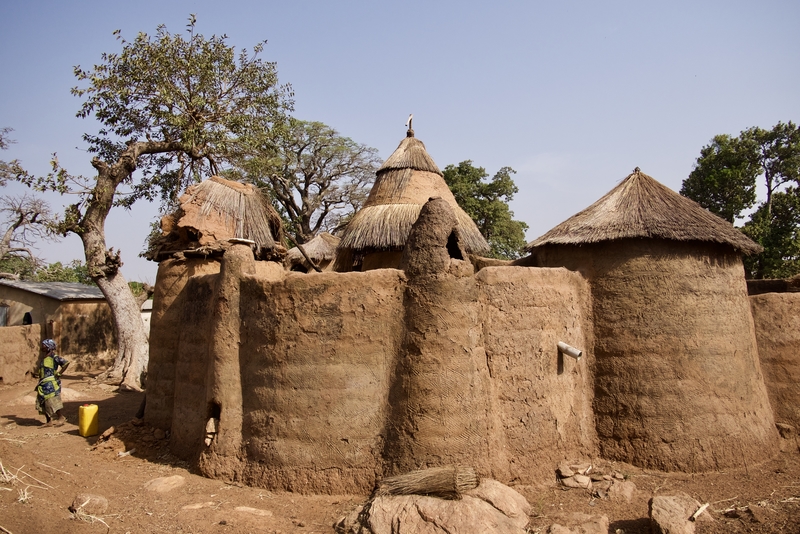
During our two days in the Tata Somba region, we enjoyed learning about the local area. We participated in guided village walks, toured the traditional Tata Somba houses and soaked in the simplicity of life in rural Benin.
PENDJARI NATIONAL PARK
Heading north from the Tata Somba area, we found ourselves in the vast Pendjari National Park—one of West Africa’s premier wildlife destinations and the best place to see the maneless West African lions. The park is the largest remaining ecosystem in West Africa and a refuge for the region’s endangered elephants and lions. It is estimated that there are fewer than 400 West African lions left, and approximately 100 reside in the park.
Our two days in Pendjari were both rewarding and frustrating. Our intimate encounter with West Africa’s endangered wildlife was cut short by a horrible misunderstanding that resulted in a standoff between our tour group and the park’s management.
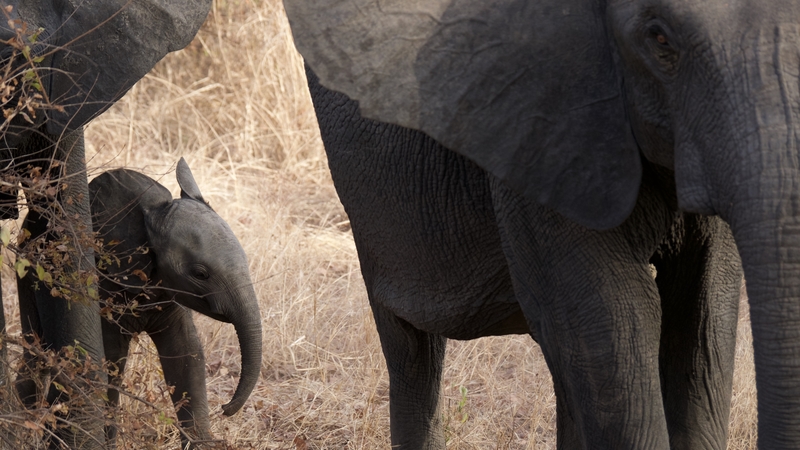
Nevertheless, I have fond memories of my visit to Pendjari. Over the course of our two days in the park, we witnessed countless colorful birds, admired some of Africa’s most beloved animals and fell asleep to the sounds of the wild. It was an off-the-beaten-path safari experience that rivaled the grandeur of some of Africa’s most coveted wildlife destinations.
Despite the unfortunate ending to our visit, there is no doubt that Pendjari National Park is one of the top tourist attractions in Benin and an essential stop on any West Africa itinerary.
ROYAL PALACES OF ABOMEY
Abomey is the former capital of the Dahomey Kingdom and one of Benin’s top historical attractions. Established in 1625 by the Fon people, the Royal Palaces in Abomey have been designated UNESCO World Heritage Sites for their unparalleled importance in Benin’s history.

Abomey, formerly known as Dahomey, was once one of the most powerful and brutal kingdoms in West Africa. The Kings of Dahomey were despotic and bloody sovereigns who were known for human sacrifices and for using blood to paint the walls of their palaces.
The Dahomey Kingdom flourished in the 18th and 19th centuries and was a central facilitator in the West African slave trade. The kings of Dahomey ordered the capture of men, women and children in wars and raids. They then sold their captives to the slave traders in return for weapons.
The Royal Abomey Palace complex is one of the most interesting tourist attractions in Benin. Today, the palaces house a museum that showcases relics of Dahomey art. The museum’s exhibits include decorations made with human skulls, Voodoo fetish items and paraphernalia belonging to a succession of Dahomey kings.
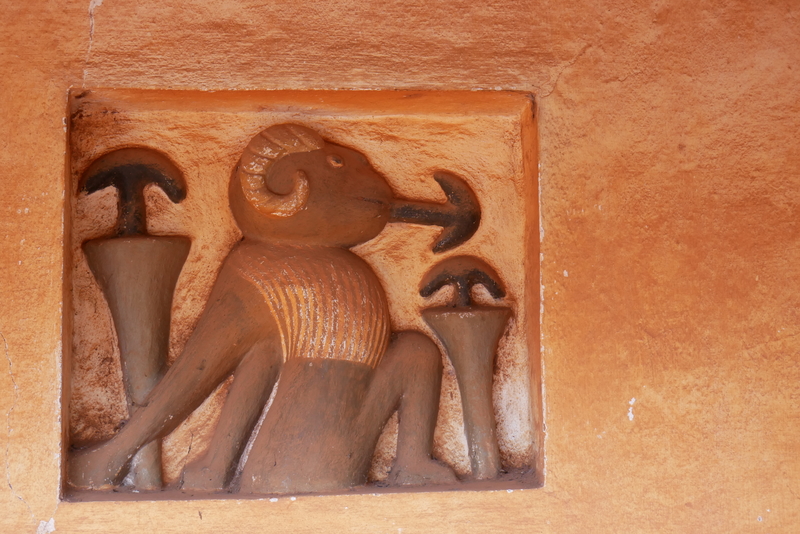
Tours of the Royal Abomey Palace cost CFA3000 for foreigners. Photography is prohibited in the palace and its museums, though our guide gave us the go-ahead to take photos regardless.
The Royal Palaces of Abomey are among the most remarkable buildings in Sub-Saharan Africa. They are a top Benin tourist attraction and a testament to the continent’s historical and cultural relics.
GANVIE: THE VENICE OF AFRICA
There is no doubt that Benin is blessed with a plethora of things to see. But there is also no doubt that Ganvie is the country’s most popular attraction. Ganvie has been lovingly named the ‘Venice of Africa’ for its waterways and lack of cars. Perhaps the Inle Lake of Africa would be a more apt description, however, because the stilt village in the middle of Lake Nokoué shares a striking resemblance with the the communities that sprinkle the waters of Myanmar’s Inle Lake.
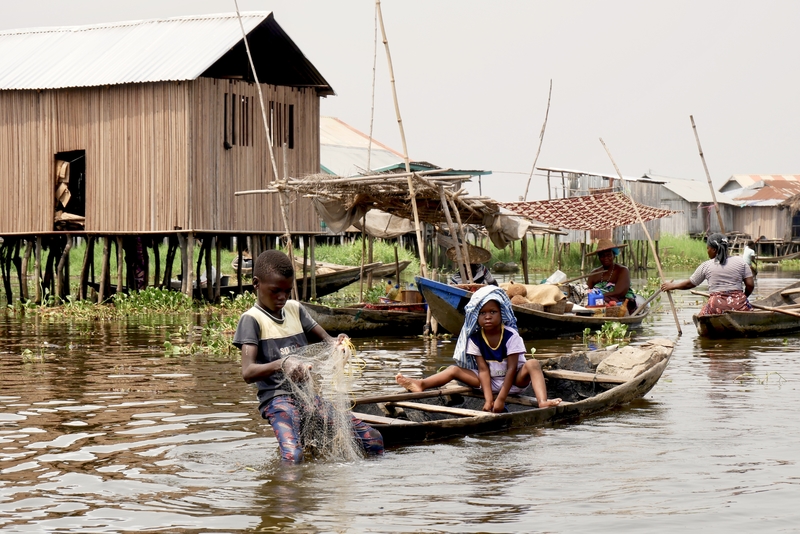
Ganvié was founded by the Tofinu people in the seventeenth century. The Tofinu—desperate to evade capture and enslavement by the ruthless Fon soldiers—escaped to the middle of Lake Nakoué. Religious beliefs prevented the Fon from fighting on the lake, so the sacred body of water became a safe haven for the Tofinu.
Today, the stilt village of Ganvie is home to approximately 40,000 people. The original collection of stilt houses has expanded to include floating markets, schools, hospitals, mosques and churches. Some of the larger structures have been built on islands made from reclaimed soil.
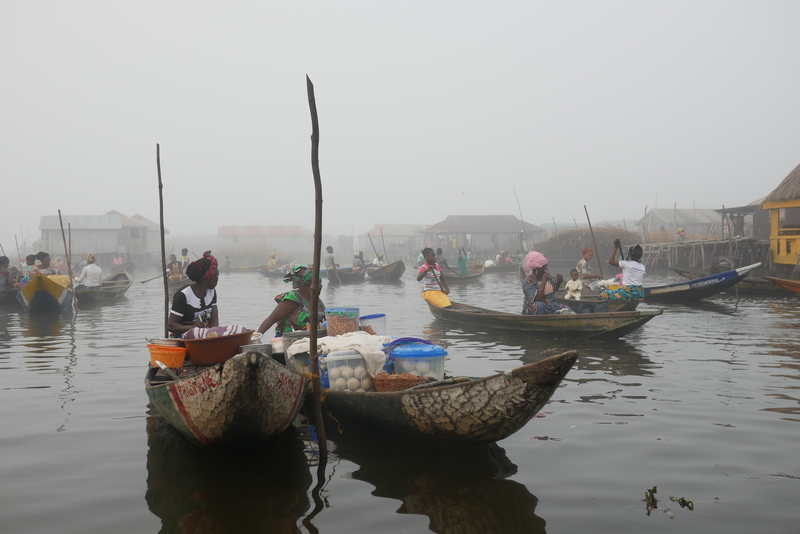
Our visit to Ganvie was a prime example of West Africa’s cultural vibrancy. We spent two days exploring the laketop attraction and observing its intoxicating display of colors, sights and sounds. From the port of Abomey-Calavi, a boat brought us to the basic, yet centrally-located Chez M Hotel located in one of Nakoue’s stilt communities.
Our Ganvie itinerary was supposed to consist of an afternoon lake tour and an evening of relaxing at Chez M’s waterview restaurant.
When our boat broke down merely minutes after our departure, however, Ganvie had an alternative plan in store for us.
On the day we visited Ganvie, the floating village was hosting a jazz festival. Our guide—evidently sorry about our boat’s faulty engine—decided to make up for our interrupted tour by taking us on a remarkable adventure. Once our engine troubles were fixed (thanks to a group of young children who rowed off to find us help), our guide brought us to a family reunion for an inside look at Benin’s modern-day culture.

The reunion consisted of over three hundred family members adorned in colorful dress. Before we knew it, we were swept away in a whirl of dancing, food, beer and limitless curiosity. We met the family king, played with the village children and were the subjects in countless photographs.
When the sun went down, our guide brought us to the local jazz festival, where—surrounded by local musicians and villagers— we danced the night away to a soundtrack of contemporary Beninese sounds.
It was the kind of day that is only possible in places that have not yet been jaded by tourists and the troubles that they often bring.
OUIDAH: WEST AFRICA’S VOODOO HEART
Our Benin itinerary continued southward, to Ouidah—Africa’s Voodoo heartland and one of the most culturally dynamic places to visit in Benin.
In the West, the word Voodoo conjures images of black magic, witchcraft and beaded dolls. Yet Voodoo is one of the world’s oldest religions and a central pillar of Benin’s culture. Religion in Benin is fluid, with people adhering to a fusion of old practices and new religious ideas. Approximately 35% of Benin’s population practices Voodoo, while nearly 70% of the country’s population combines elements of Voodoo with Christianity and Islam.
Voodoo talismans, called fetishes, are often used in the construction of temples and altars. These fetishes adorn shrines and entryways and are believed to have supernatural powers. They ooze with blood, feathers and the pelts of sacrificed animals.
For those interested in Voodoo statues and fetishes, Ouidah’s Sacred Forest and Python Temple are must-sees.
-
THE VOODOO PYTHON TEMPLE
The serpent deity, Dangbé, has been a revered figure in Benin for centuries. As such, the deity’s ancestors are protected and honored in the city’s Voodoo Python Temple. The temple—directly facing a Christian Basilica—is a painted hut that contains over fifty lazy pythons.
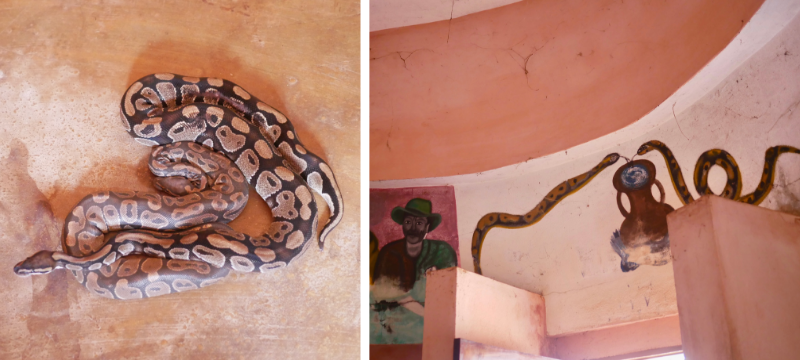
Entrance to the temple costs CFA1000 and includes a short guided tour.
-
THE SACRED FOREST
Down the road from the Python Temple, Ouidah’s Sacred Forest is the location at which King Kpasse (founder of Ouidah) allegedly turned into a tree to escape his enemies.
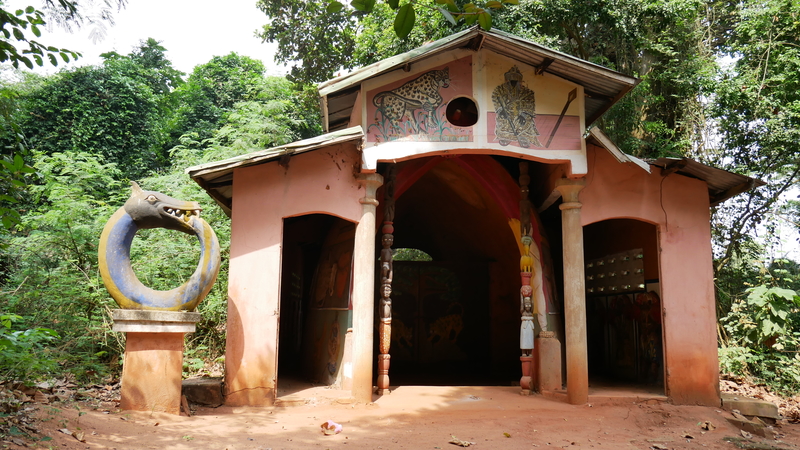
A short walk through the forest introduces visitors to shrines and statues of the Voodoo deities.
-
THE ROUTE DES ESCLAVES
In addition to being the center of Voodoo in Benin, Ouidah is historically significant for being one of the primary centers of West Africa’s slave trade.
UNESCO’s flagship Slave Route Project is a walk that brings visitors from the slave auction plaza in Ouidah, to the Gate of No Return. It was constructed to bring light to the plight of the 12 million slaves that were forced across the Atlantic.
We walked the Route des Esclaves on our second day in Ouidah. The route takes visitors past the slave auction plaza, the Tree of Forgetfulness (at which slaves were forced to walk in circles to forget where they came from) and the Tree of Return (a tree that slaves circled with the belief that their souls would return home after death). Along the route, plaques and statues commemorate the horrors of the West African slave trade.
At the end of the walk, we reached the Gate of No Return—a powerful memorial that represents the place where slaves were forcefully ripped from their homelands and brought to the Americas.

Even my visit to Goree Island in Senegal did little to prepare me emotionally for my visit to Benin’s sobering monument.
-
GRAND POPO BEACH
Located between Ouidah and the Togo border, Grand Popo offers a windswept stretch of golden sand that is perfect for a few relaxing days of hammock-swinging and beach-lounging.
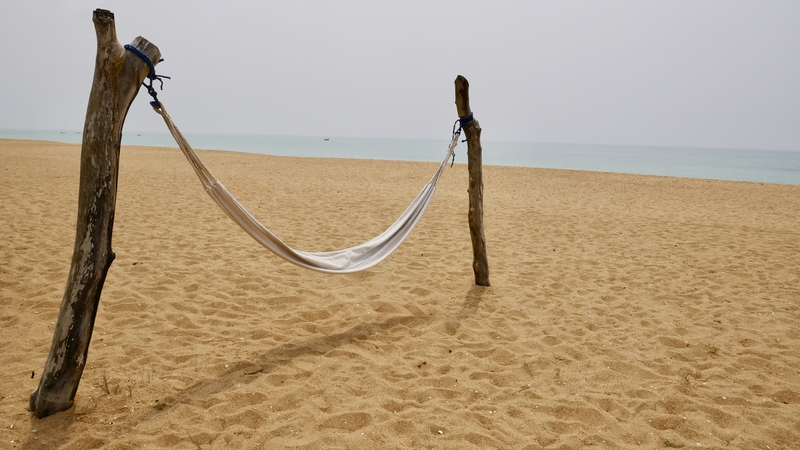
My travel companions and I spent the remaining days of our Benin overland tour at the lovely beachfront Auberge de Gand-Popo. There, we took walks along the ocean, swam in the hotel’s fresh-water swimming pool and relished the tranquility of Benin’s most popular (yet remarkably uncrowded) beach escape.
***
Benin is an unsung highlight of West Africa’s virtually non-existent tourist trail. Like nearby Ghana, the country is replete with things to see—including the most diverse array of wildlife in West Africa and some of the best-preserved architectural gems south of the Sahara.
Benin has the potential to become a top eco-tourist destination. When compared to some of West Africa’s other countries, Benin is relatively safe and tourist friendly. The country showcases a diverse array of tourist attractions, its roads and accommodation options are continually improving, and a budding eco-tourism industry offers unparalleled opportunities to delve into local Beninese culture.
The best time to travel to Benin is now, before the rest of the world finds out.
__________________________________
Like this Post? Pin it!


